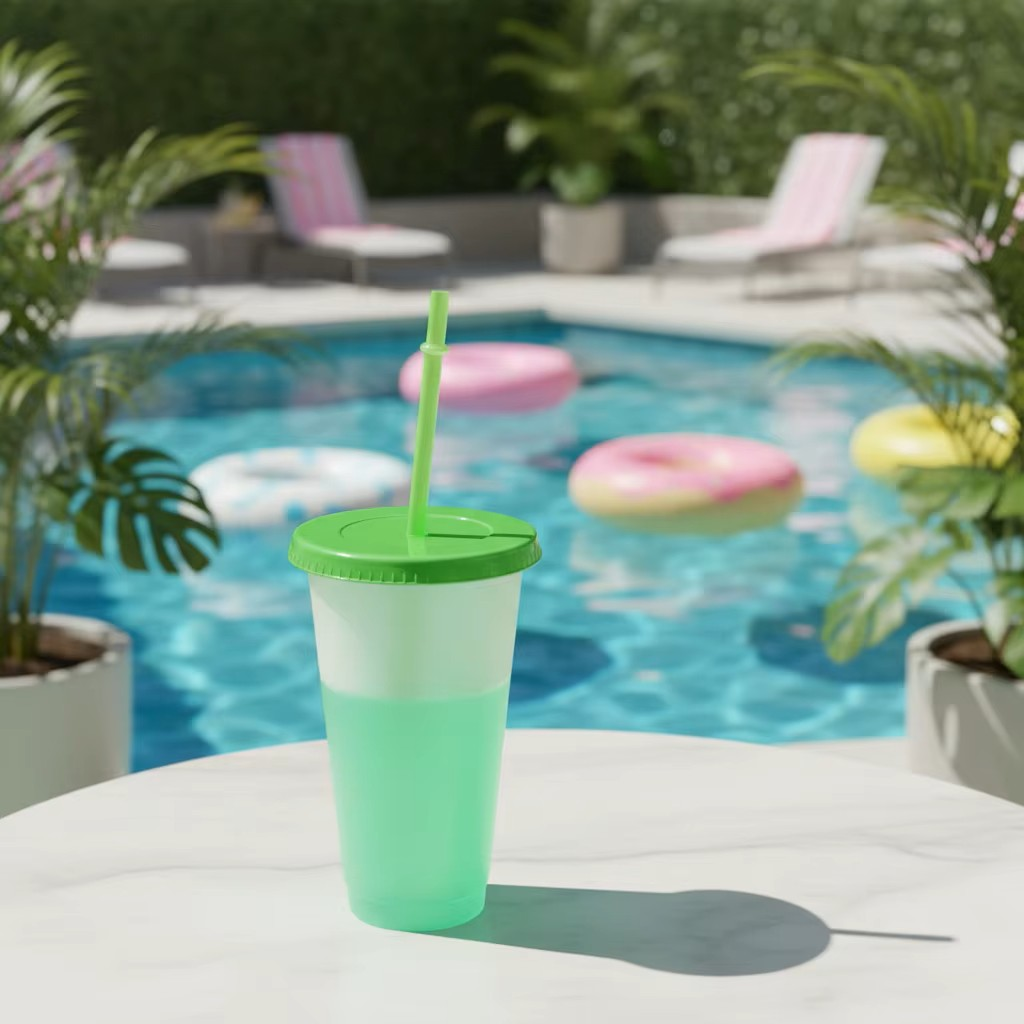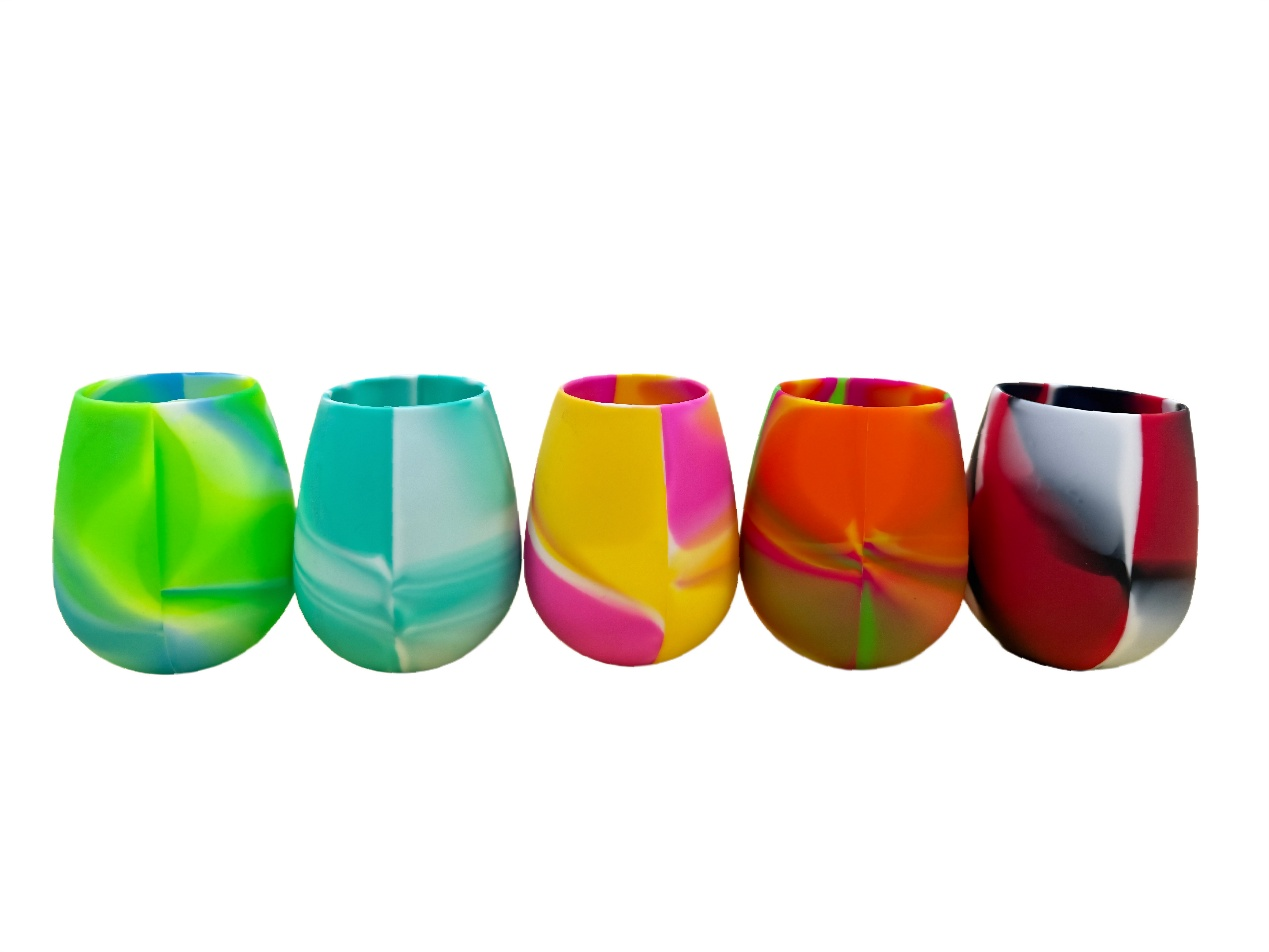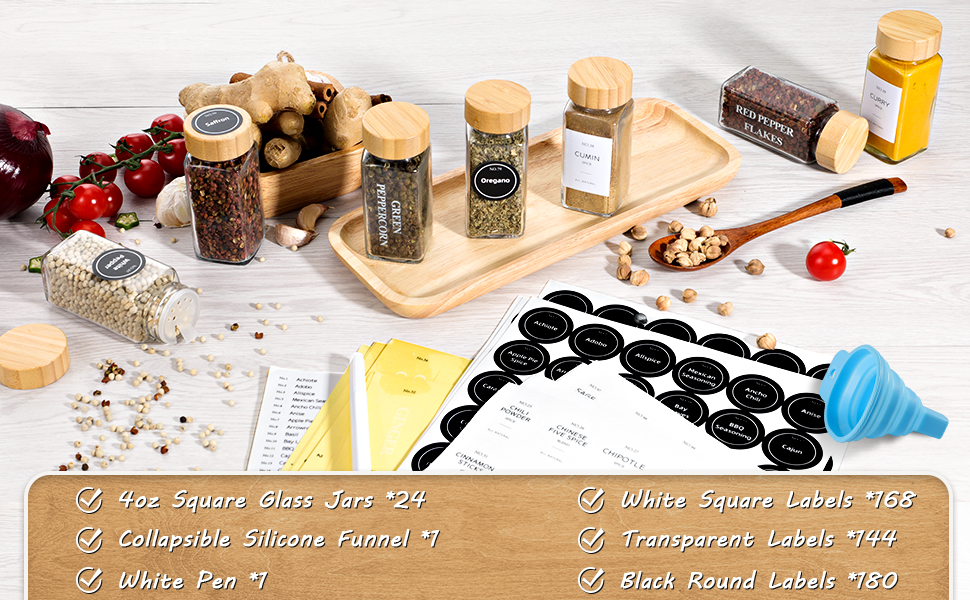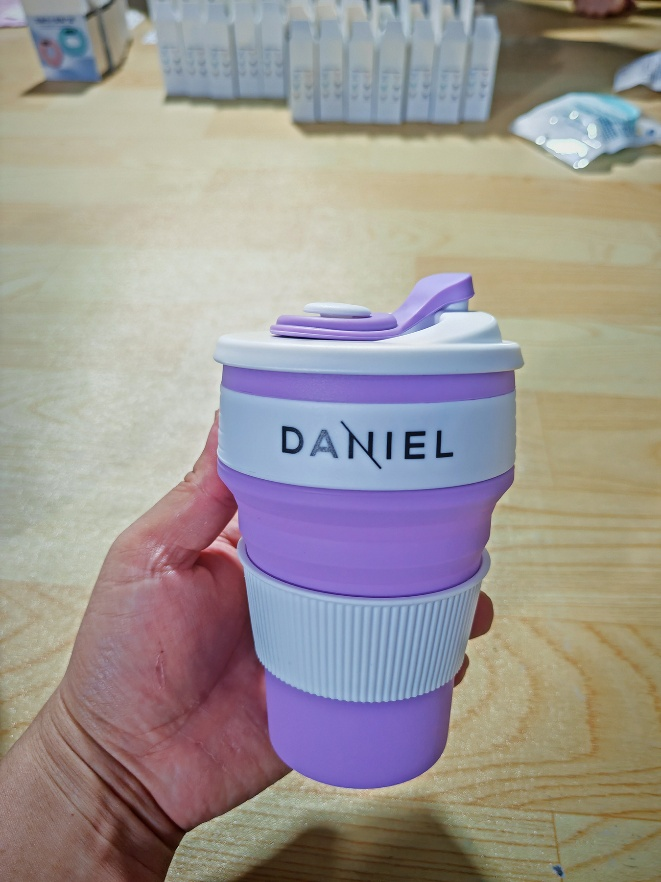In the water blasting industry cleaning application, surface preparation is an important job when you plan to do a painting on the material surface. It has to be handled correctly because it affects the service life, quality, and performance of the paint job.
Surface preparation has various methods depending on the repair and refurbishment scenarios and operational advantages, and here we mainly refer to two types of methods, the Water blasting and Sand blasting surface cleaning. And sand blasting surface cleaning is classified to dry sandblasting and wet sandblasting, given the dry sandblasting can make the dust cloud and other hazardous material harmful to the operator and the environment, it is required complete or partial closing down of the facility during blasting according to the safety operation instruction. Here we just compared water jet blasting and wet sandblasting.
Water jet blasting is an environment-friendly, safe, and money-saving way to clean and preserve various surfaces.
Water Jet blasting cleaning operation does not produce and release the toxic and hazardous dust and material to the environment and operator, and compared with chemical-base cleaning, no residues left behind, and no rinsing needed.
In Water Jet blasting, when propelled at a surface at sufficiently high velocity, water removes rust and old paint from the substrate, and also it effectively removes soluble salts.
The water Jet blasting machine can change the pressure and use fan nozzles of different sizes depending on the job at hand, and the industry consensus is that the use of water pressurized at 70 MPa (=700 bar) or above constitutes water jetting. Below this pressure the operation is defined as water cleaning.
Scientific experiment test shows different pressure rates will have various surface cleaning effects, details as follows:

The Water Jet blasting ensures that being-prepared surface is free of chemicals and clean for other uses like coating and painting.
And the other water jet blasting cleaning features is that water jetting does not create a roughness profile in a metallic substrate.

Wet-sand blasting is conducted the surface preparation by means of water and compressed air as well as abrasive. It is with the water being either a propellant for the abrasive material or used for dust suppression.
This wet sandblasting cleaning of surface preparation provides both cleanliness and profile in one go.
Sandblasting has the advantage of cleaning a surface in a faster, better, and easier way than water blasting, and the pressure used in sandblasting can be changed depending on the type of operation carried out. But wet-sand blasting is for dust suppression. It may be insufficient to remove salts, and in most cases, it needs portable water to wash down and remove the abrasive, dust, dirt and salts.

Both Wet sandblasting and water Jet blasting cleaning have advantages and disadvantages, which way to choose depends on many parameters quite depend on the cleaning scenarios and specific requirements.
In the practice and application case, water blasting is more technically capable to cleaning surfaces, and without damaging the substrate’s original profile. It’s a cost-effective and eco-friendly method compared to comment abrasive blasting methods.
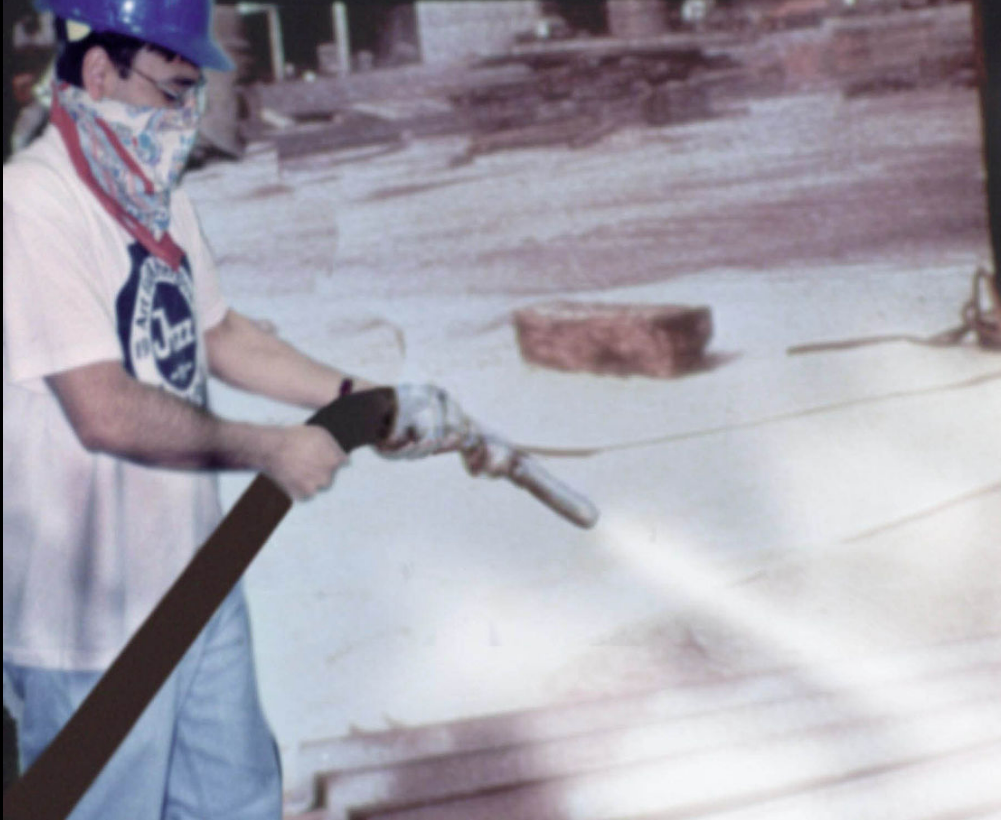

 English
English Español
Español Português
Português русский
русский français
français 日本語
日本語 Deutsch
Deutsch Tiếng Việt
Tiếng Việt Italiano
Italiano Nederlands
Nederlands ไทย
ไทย Polski
Polski 한국어
한국어 Svenska
Svenska magyar
magyar Malay
Malay বাংলা
বাংলা Dansk
Dansk Suomi
Suomi हिन्दी
हिन्दी Pilipino
Pilipino Türk
Türk Gaeilge
Gaeilge عربى
عربى Indonesia
Indonesia norsk
norsk اردو
اردو čeština
čeština Ελληνικά
Ελληνικά Українська
Українська Javanese
Javanese فارسی
فارسی தமிழ்
தமிழ் తెలుగు
తెలుగు नेपाली
नेपाली Burmese
Burmese български
български ລາວ
ລາວ Latine
Latine Қазақ
Қазақ Euskal
Euskal Azərbaycan
Azərbaycan slovenský
slovenský Македонски
Македонски Lietuvos
Lietuvos Eesti Keel
Eesti Keel Română
Română Slovenski
Slovenski मराठी
मराठी Српски
Српски 简体中文
简体中文 Esperanto
Esperanto Afrikaans
Afrikaans Català
Català עִברִית
עִברִית Cymraeg
Cymraeg Galego
Galego 繁体中文
繁体中文 Latvietis
Latvietis icelandic
icelandic יידיש
יידיש Беларус
Беларус Hrvatski
Hrvatski Kreyòl ayisyen
Kreyòl ayisyen Shqiptar
Shqiptar Malti
Malti lugha ya Kiswahili
lugha ya Kiswahili አማርኛ
አማርኛ Bosanski
Bosanski Frysk
Frysk ជនជាតិខ្មែរ
ជនជាតិខ្មែរ ქართული
ქართული ગુજરાતી
ગુજરાતી Hausa
Hausa Кыргыз тили
Кыргыз тили ಕನ್ನಡ
ಕನ್ನಡ Corsa
Corsa Kurdî
Kurdî മലയാളം
മലയാളം Maori
Maori Монгол хэл
Монгол хэл Hmong
Hmong IsiXhosa
IsiXhosa Zulu
Zulu Punjabi
Punjabi پښتو
پښتو Chichewa
Chichewa Samoa
Samoa Sesotho
Sesotho සිංහල
සිංහල Gàidhlig
Gàidhlig Cebuano
Cebuano Somali
Somali Точик
Точик O'zbek
O'zbek Hawaiian
Hawaiian سنڌي
سنڌي Shinra
Shinra հայերեն
հայերեն Igbo
Igbo Sundanese
Sundanese Lëtzebuergesch
Lëtzebuergesch Malagasy
Malagasy Yoruba
Yoruba




